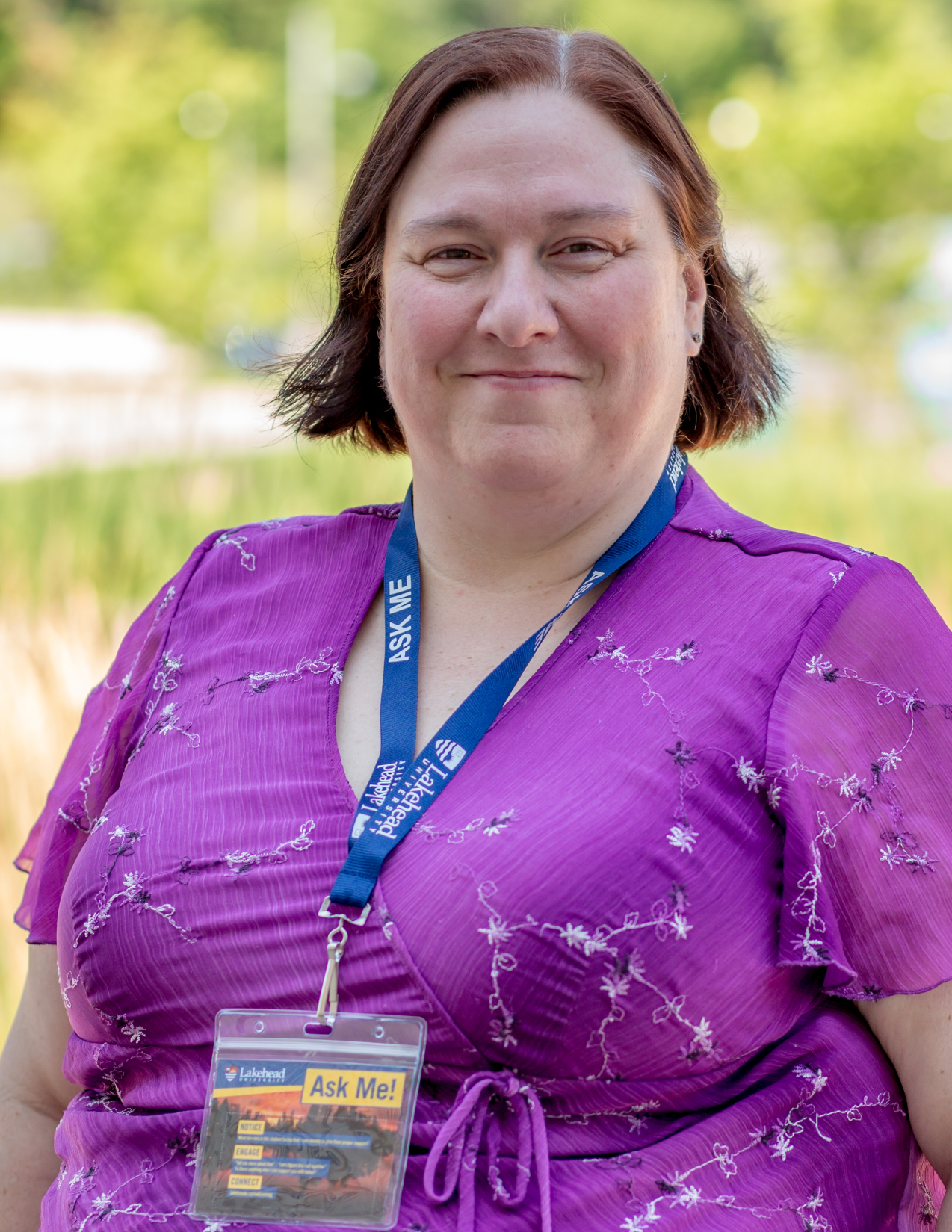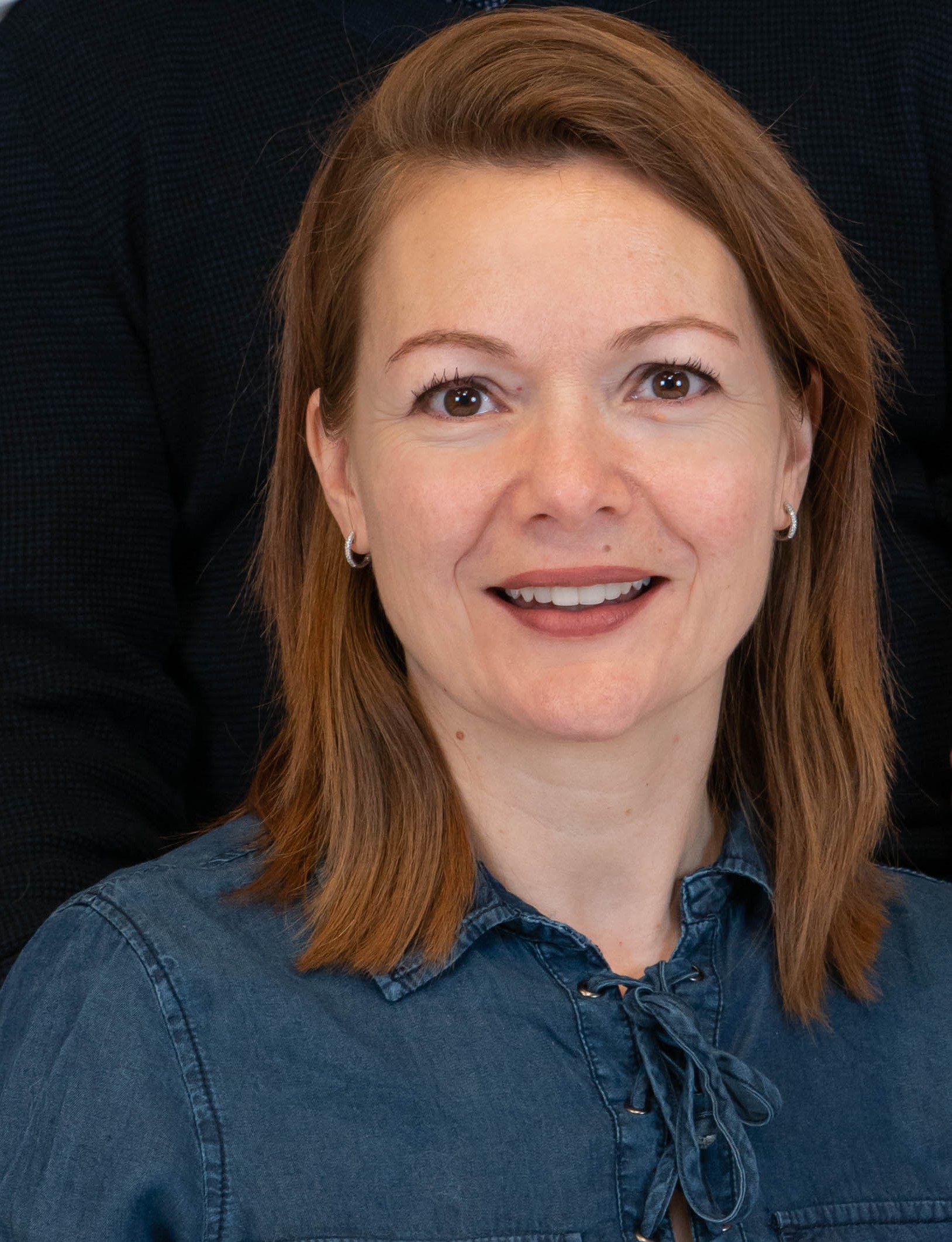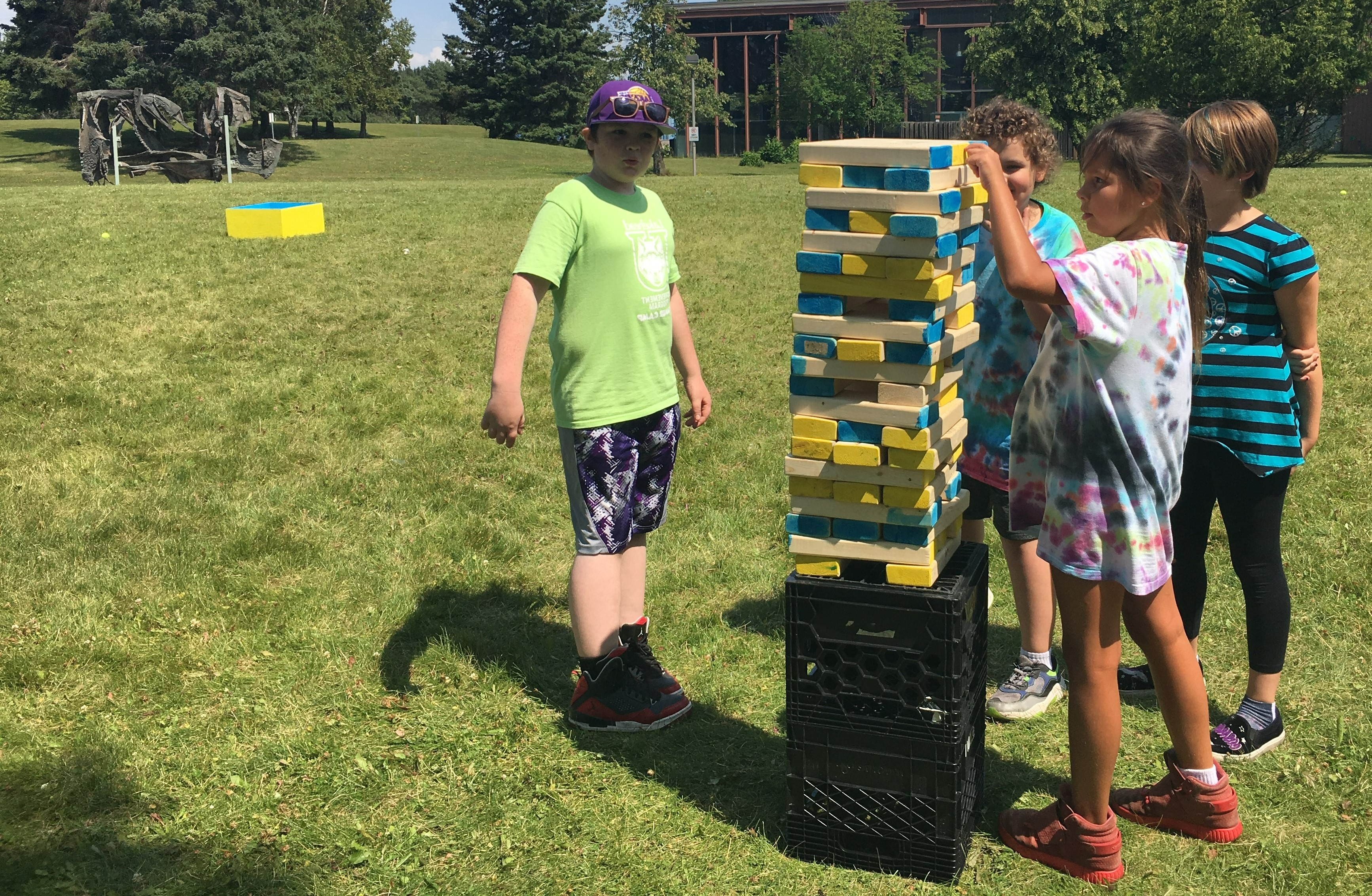Can self-regulation help them thrive?
Education professors Dr. Sonia Mastrangelo and Dr. Meridith Lovell-Johnston are engaged in a research partnership with the Kwayaciiwin Education Resource Centre. Kwayaciiwin provides essential support to First Nations schools in the Sioux Lookout region of Northwestern Ontario.
Kwayaciiwin sought out Lakehead's help because their students are struggling with lower literacy rates and higher rates of depression and suicide than students in other parts of the province.
The goal of Drs. Mastrangelo and Lovell-Johnston's research is to foster "self-regulation" in elementary students so that they become more emotionally resilient and can flourish at school.
Their research project called – Supporting the Development of Young Children's Self-Regulation Capacities and Literacy Skills in Ontario's Northern Communities: Engaging Families and Educators – is being funded by a three-year Partnership Development Grant from the Social Sciences and Humanities Research Council (SSHRC).


Dr. Sonia Mastrangelo Dr. Meridith Lovell-Johnston
1. Can you explain what self-regulation is and why it's important?
Self-regulation is a way of understanding stress and managing tension and energy flow that enables children to cope with the stressors of daily life. We use the framework developed by Dr. Stuart Shanker called Shanker Self-reg©.
There is growing awareness among developmental scientists that the better a child can self-regulate, the better they can rise to the challenge of mastering more complex skills and concepts because they are able to be calm, focused, and alert.
This is essential because stress is on the rise – kids are spending less time outdoors and less time socializing with friends. Instead, for many children, the reality is that they spend more time in isolation with increased screen time. This was true well before the pandemic.
Stress has a negative effect on children's brain development, and therefore it's important to address the stressors that impact children across five domains – social, emotional, cognitive, biological, and pro-social.
2. How is self-regulation connected to children's ability to do well in school?
Research has shown that self-regulation is the foundation of healthy human development including mental health, learning, resilience, emotional safety, caring relationships, and vibrant, peaceful families, schools, and communities.
Families and educators can help children re-frame their stress and direct them to strategies that can restore their equilibrium. Eventually, kids are able to move from co-regulation to being able to do it themselves (self-regulation).
3. In what kind of situations is self-regulation useful?
People experience different kinds of stress – biological, cognitive, emotional, social, and pro-social. Being overtired, having difficulties with math, mourning the loss of a family member, and being bullied are all examples of stress.
Frequently, people have more than one stressor, which can result in a multiplier effect of stressors across several domains. The first step towards self-regulation is to identify these stressors, re-frame them, and then develop personal strategies to help reduce them.
We teach children to develop their own personal toolkit of techniques, which is highly individualized, and might include: deep breathing, meditation, taking a movement break when they've been sitting too long, dimming the lights if they're overstimulated, and drumming. One size doesn't fit all, and different strategies work for different kids.
4. Can you provide an overview of your self-regulation research project?
We are sharing research and experiences with families and educators that will contribute to our mutual understanding of how calm environments help children in kindergarten to Grade 3 grow emotionally and academically.
Another key objective is supporting Indigenous children's print literacy by promoting culturally appropriate approaches such as oral storytelling, community literacy nights, working with educators, and tracking literacy skills over time.
The partnership is also intended to open a meaningful dialogue about the cultural values of Northern Ontario communities and to address issues of social justice.
Children will be able to document their self-regulation journeys through photos, videos, Indigenous story circles, and self-regulation events in their communities.
5. Can you tell us about your visit to Big Trout Lake?
Big Trout Lake was the first community to become involved in the project. It's an Oji-Cree First Nation reserve, also known as Kitchenuhmaykoosib Inninuwug, located about 580 kilometres north of Thunder Bay, Ontario.
We travelled there in January 2020 to offer self-regulation workshops to teachers and support staff at the Aglace Chapman Education Centre, Big Trout Lake's elementary and high school.
Janna Garrett, a Grade 3 teacher and the teacher lead on the project, has said that the self-regulation training has given her insights into what her students are facing.
She's told us that 'kids come to school with a backpack that holds all the things they are dealing with. I now understand why a behaviour is happening and how to better help children succeed at school.'
We also hosted a spaghetti dinner for parents, Elders, and other community members who shared their hopes and dreams for their kids with us. The connections and friendships they have with one another, their families, their teachers, and the land is inspiring.
This fall, we will travel to Big Trout Lake again to begin classroom observation visits and to work closely with children and educators on self-regulation strategies and effective literacy practices.


